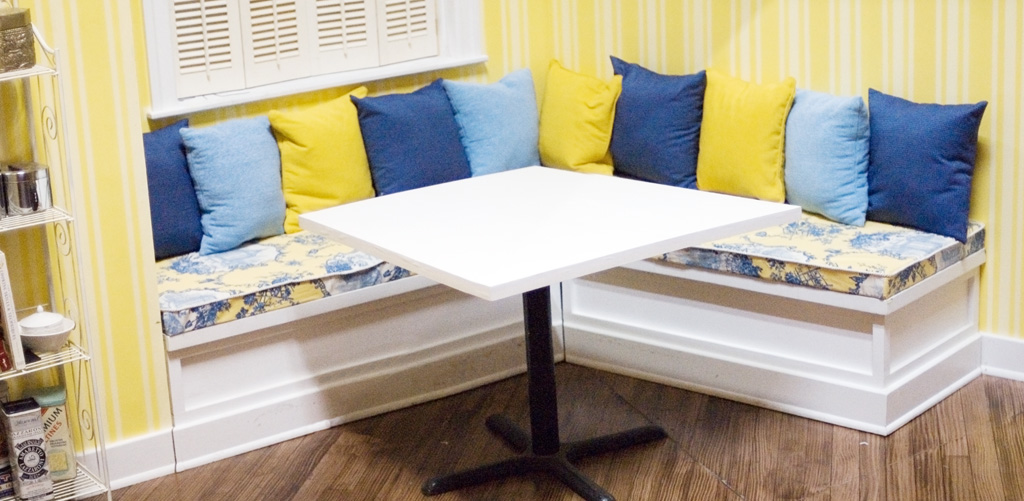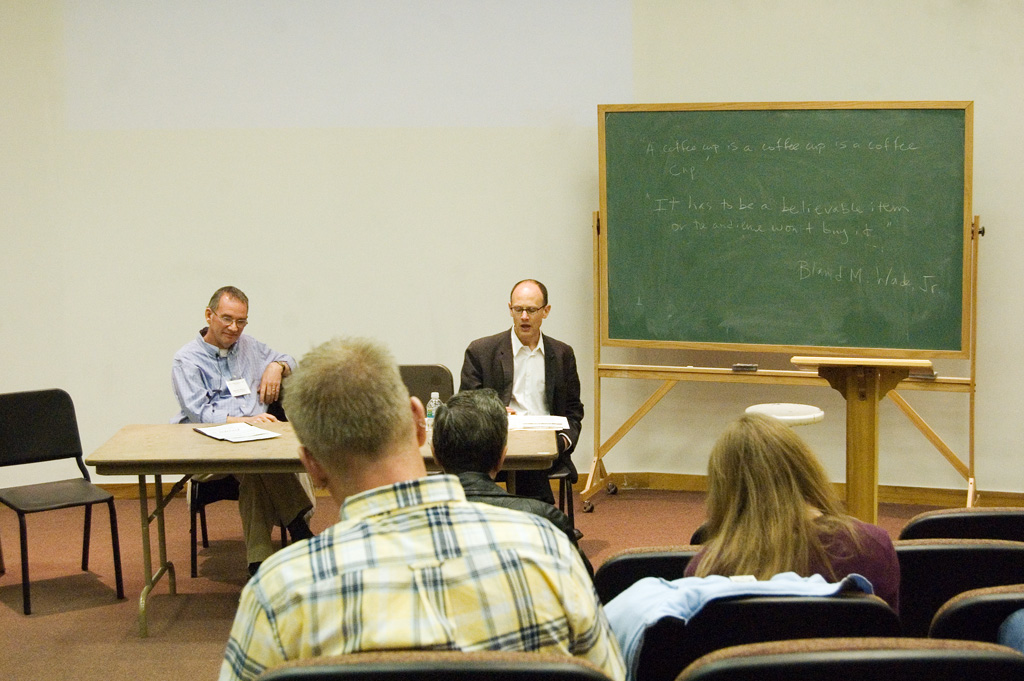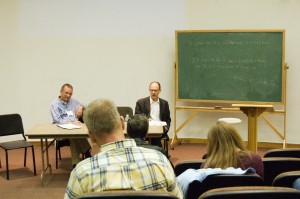Bland Wade gave the first keynote speech at the 2009 Theatre Symposium. He spoke about what it means to be a properties director. I thought I’d share a few highlights.
Bland is the props director at the North Carolina School of the Arts. NCSA does about twenty shows per year. He began working as a props director in 1976. Part of NCSA’s philosophy is that the teachers keep tabs on the industry, so in addition to teaching, Bland also works in a professional capacity throughout the year. For instance, he did the set decoration for The Color Purple. The general store is almost entirely his work.
Bland is a member of the Society of Properties Artisan Managers, or SPAM. SPAM began about fifteen or sixteen years ago. In the old days, the props master worked under the technical director. These days, a props director has his or her own shop. SPAM is pushing for the “prop director” terminology, rather than prop master. In my own experience, it seems a lot of theatres are using the prop director term (or prop supervisor, prop head, etc) for the head of the department, while using “prop master” for specific shows.
Bland asked what a prop is, and used his definition in terms of the practical usage of the word. He refers to his “house” analogy. Scenery is the walls and floor. The scenic designer is the architect and interior designer. The technical director is the contractor. The props director is the interior director.
A props director needs to read between the lines of a script. If a play has the line, “Bob walks in with a cigarette,” what does that entail? First, where does the cigarette come from? Is it in a pack? A case? Is he already smoking it? If so, where does he dispose of it? In an ashtray? On the floor? And of course, there is the actual cigarette itself. What brand is it? What color? One stage direction can turn into a whole page of notes.
Bland mentioned a number of skills and responsibilities of a properties director.
- A prop director must always look at safety. This is true not only of your artisans at work, but also of the actors. This is true in food preparation and keeping the dishes clean. This is also true of weapon safety.
- A prop director is an historian, a researcher, and inventor. Heron of Alexandria is one of Bland’s favorite inventors. One of Heron’s secrets was the simplicity of his mechanisms. A props director should always keep things simple.
- A prop director is a problem solver.
- You need to help the actor create a character.
- There are many other random skills a prop director needs, such as plumbing and sewing.
“If it looks like crap, the actor’s going to treat it like a piece of crap,” Bland said. This is something I’ve been mulling over for awhile; I’m going to go into this in more depth in a later post.
Bland mentioned the Prop Directors Handbook, which I’ve posted about previously (Properties Directors Handbook), and link to in my sidebar. This book, written by Sandra J. Strawn, could not find a publisher, so she put it online for free. She is also a member of SPAM.
Stay tuned for many more highlights from this year’s Symposium. I also have some photographs once I dig out my USB cable.




